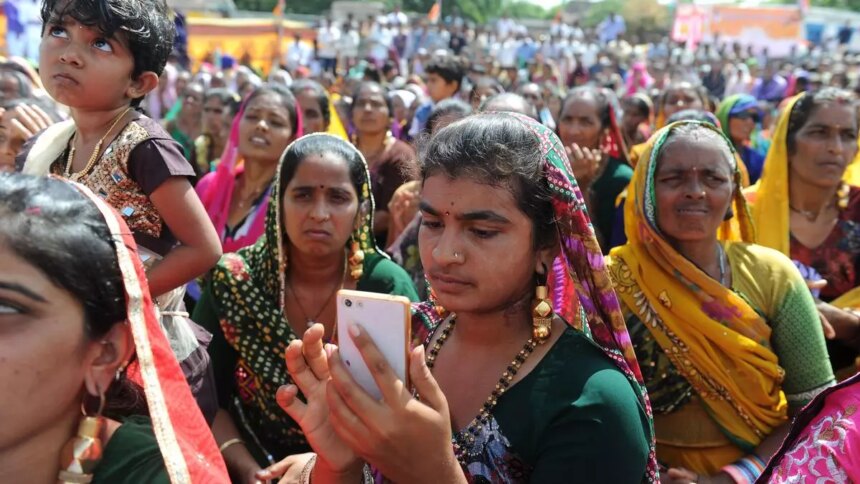Satellite broadband services are a hot topic in India, with stakeholders divided on the potential impact and viability of such services. The need for satellite-based communication (satcom) services stems from the desire to bridge the digital divide in remote or hard-to-reach areas where traditional terrestrial infrastructure is impractical or costly to deploy.
Proponents of satcom argue that it can serve as a cost-effective solution for connecting underserved regions, acting as a complement to existing terrestrial services. Lt Gen AK Bhatt (retd) of the Indian Space Association highlights the role of satellites as “fibre in space,” enabling connectivity in areas where laying fiber optic cables is not feasible. This technology has the potential to expand access to high-speed internet in urban and rural areas alike.
However, the debate over spectrum allocation for satcom services has become a contentious issue, with legacy telecom operators expressing concerns about unfair competition from new entrants like Elon Musk’s Starlink and Amazon’s Kuiper. The crux of the matter lies in the substantial investments made by traditional players over the years, prompting calls for a level playing field in the allocation of spectrum.
Despite the enthusiasm surrounding satcom, skeptics question the technology’s practicality and cost-effectiveness. Forrester Research has raised doubts about the viability of satellite broadband services in the Indian market, citing pricing and competition challenges. The question remains whether satcom can effectively compete with existing terrestrial networks, especially in a country like India with growing 5G coverage.
Ultimately, the success of satellite broadband services in India hinges on regulatory decisions, technological advancements, and market dynamics. Industry experts like Pranav Roach of Hughes Network Systems India predict a significant uptake in satcom services, emphasizing their coexistence with other technologies. Sateliot, a Spain-based satellite operator, also sees potential in the Indian market despite regulatory hurdles, aiming to launch commercial services by 2025 or 2026.
In conclusion, the debate over satellite broadband services in India reflects a complex interplay of regulatory, technical, and economic factors. While the technology holds promise for expanding connectivity and bridging the digital divide, challenges exist in terms of competition, affordability, and regulatory frameworks. As the industry evolves, stakeholders must navigate these issues to realize the full potential of satellite-based communication in India.









